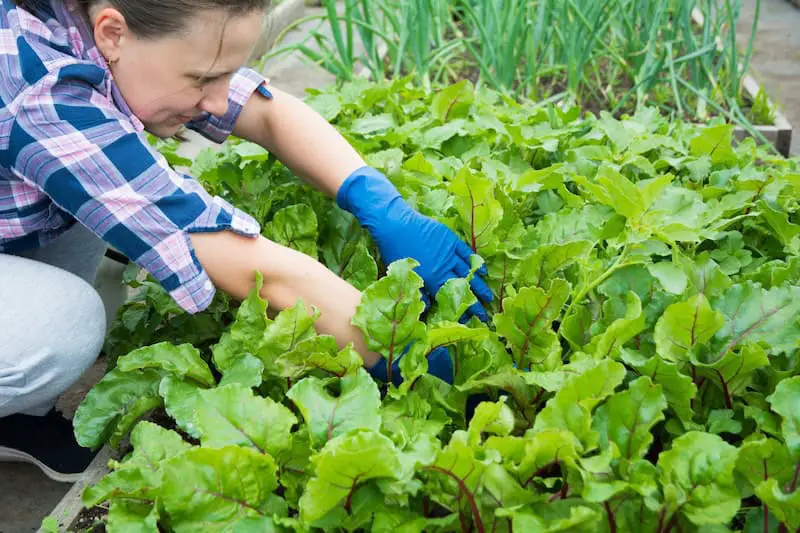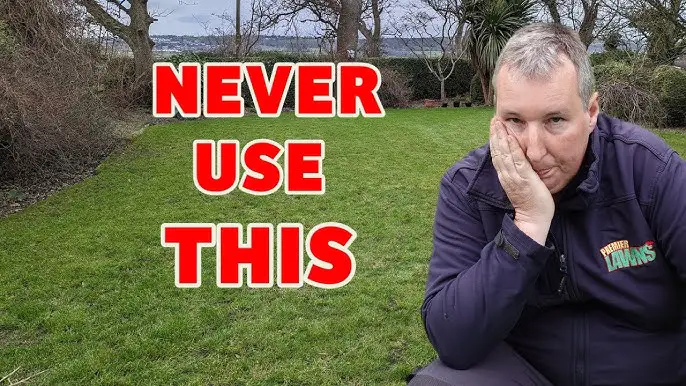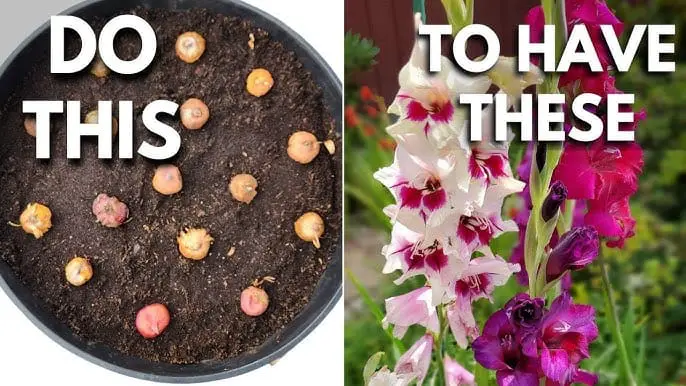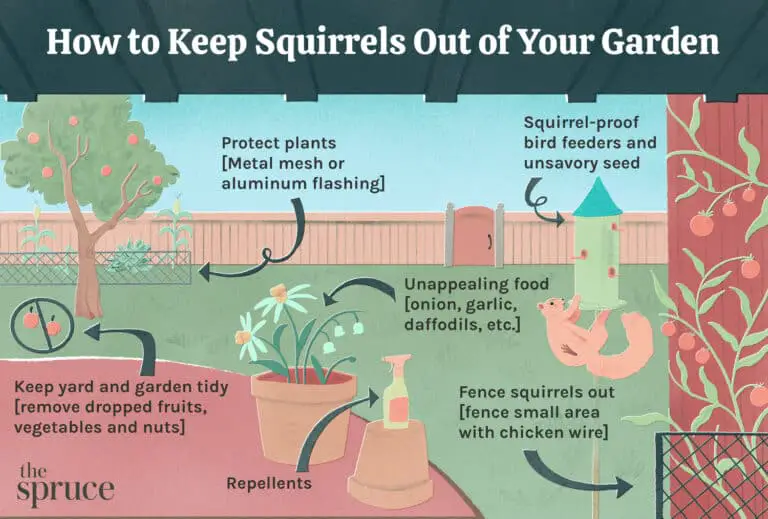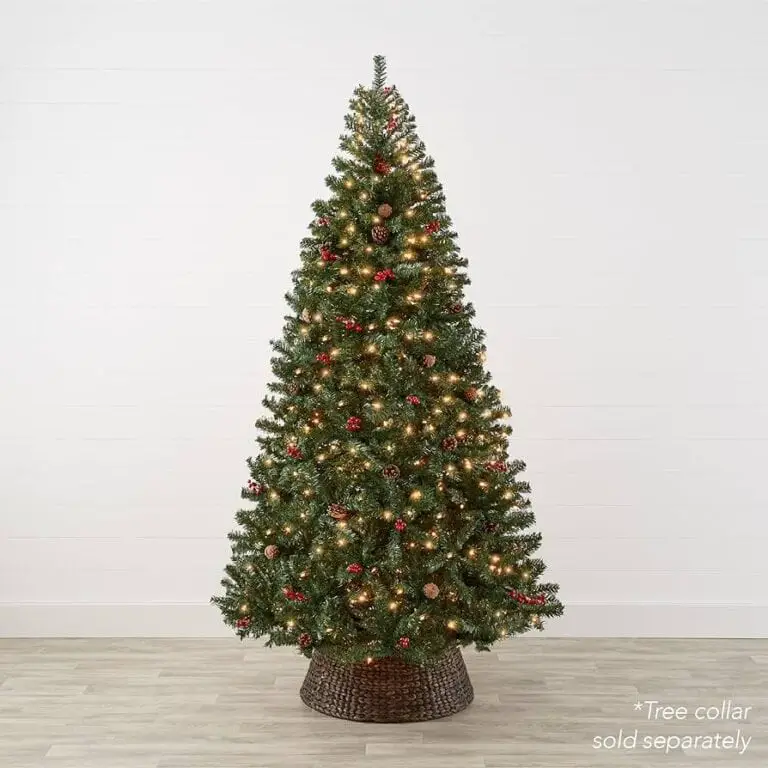11 Genius Gardening Hacks You’ll Wish You Tried Sooner
Gardening can be a rewarding and therapeutic hobby, but it often comes with its own set of challenges. From pest control to plant maintenance, there’s always something new to learn. Here are 11 game-changing gardening life hacks that will make your gardening experience easier and more productive. You’ll wonder how you ever managed without them!
1. Use Coffee Grounds for Soil Enrichment
Coffee grounds are an excellent addition to your compost pile and can significantly improve your soil’s quality. They are rich in nitrogen, which is essential for plant growth. Simply sprinkle used coffee grounds around the base of your plants or mix them into the soil. The grounds help improve drainage, water retention, and aeration in the soil. Additionally, coffee grounds can deter pests like slugs and snails due to their abrasive texture and slight acidity. Make sure not to overuse them, as too much can affect soil pH balance. A thin layer is sufficient to reap the benefits without causing any harm.
2. Eggshells as Natural Fertilizer
Eggshells are a great source of calcium, which is crucial for plant health. Crush clean, dry eggshells into small pieces and scatter them around your garden. This will help prevent blossom end rot in tomatoes and other calcium-deficient plants. Eggshells also act as a natural pest deterrent, as their sharp edges can deter slugs and snails. Over time, the shells break down and enrich the soil with calcium, promoting stronger cell walls in plants. This simple hack not only recycles kitchen waste but also contributes to a healthier garden ecosystem.
3. Banana Peel Plant Food
Banana peels are rich in potassium, phosphorus, and calcium, which are essential nutrients for plant growth. Instead of discarding your banana peels, cut them into small pieces and bury them in the soil around your plants. This slow-release fertilizer will provide nutrients over time, promoting healthy root development and overall plant vigor. You can also make a banana peel tea by soaking the peels in water for a few days and then using the liquid to water your plants. This hack is particularly beneficial for flowering plants and roses, which thrive on potassium.
4. DIY Self-Watering System
A self-watering system can save time and ensure your plants get the right amount of water, especially during hot weather or if you’re away. One simple method is to use a plastic bottle. Poke a few small holes in the cap, fill the bottle with water, and then bury it upside down near the plant’s base. The water will slowly seep out, keeping the soil consistently moist. You can adjust the size and number of holes to control the water flow. This hack is ideal for container gardens and can also reduce water waste, ensuring plants receive water directly at the roots.
5. Epsom Salt for Healthier Plants
Epsom salt, or magnesium sulfate, is a fantastic supplement for your garden. Magnesium is essential for photosynthesis, while sulfur helps with the production of amino acids. Dissolve one tablespoon of Epsom salt in a gallon of water and use it to water your plants once a month. This solution is particularly beneficial for tomatoes, peppers, and roses. Epsom salt can also be sprinkled directly onto the soil around plants to help improve nutrient absorption and encourage greener foliage. It’s a simple, cost-effective way to boost plant health and productivity.
6. Companion Planting
Companion planting involves growing certain plants together to enhance growth, repel pests, and improve yields. For example, planting basil near tomatoes can improve flavor and deter pests like aphids and tomato hornworms. Marigolds are another excellent companion plant; their strong scent repels a variety of insects, including nematodes and whiteflies. Similarly, planting garlic near roses can help deter aphids. By strategically placing these plants together, you can create a more balanced and pest-resistant garden. This hack not only saves you from using chemical pesticides but also promotes biodiversity.
7. Reuse Plastic Bottles as Mini Greenhouses
Mini greenhouses can extend your growing season and protect young plants from harsh weather. Cut the bottom off a clear plastic bottle and place it over your seedlings. This creates a warm, humid environment that encourages growth and protects against frost and pests. Make sure to remove the bottle during the day if it gets too hot inside. This hack is particularly useful for starting seeds early in the season or giving tender plants a head start. It’s an easy, cost-effective way to create a microclimate that supports healthy plant development.
8. Use Vinegar for Weed Control
Vinegar is a natural herbicide that can help control weeds without harmful chemicals. Mix a solution of one part white vinegar to two parts water and spray it directly onto weeds. The acetic acid in vinegar will kill the weeds by drying them out. Be careful to avoid spraying desirable plants, as vinegar can damage them too. This method is best for young, small weeds and is most effective on sunny days. Vinegar is an eco-friendly alternative to chemical herbicides and can help keep your garden weed-free with minimal environmental impact.
9. Create a Raised Bed with Pallets
Raised beds are excellent for improving drainage, reducing soil compaction, and keeping pests at bay. You can create a simple, cost-effective raised bed using wooden pallets. Ensure the pallets are free from chemicals and pests, then line the bottom with landscape fabric to prevent weeds. Fill the bed with a mix of topsoil, compost, and other organic materials. This hack is particularly useful for small spaces and urban gardens, allowing you to grow more in a confined area. Raised beds also make gardening easier on your back and knees, providing a more accessible and manageable gardening experience.
10. Mulch with Newspaper
Mulching is essential for conserving moisture, regulating soil temperature, and suppressing weeds. Instead of buying expensive mulch, use layers of newspaper covered with a thin layer of compost or soil. The newspaper will break down over time, enriching the soil with organic matter. This method not only recycles old newspapers but also provides an effective weed barrier. Make sure to use non-glossy, black-and-white pages, as colored ink can contain harmful chemicals. This hack is a cost-effective, sustainable way to improve soil health and reduce garden maintenance.
11. Grow Herbs in Mason Jars
If you’re short on space or want to bring some greenery indoors, growing herbs in mason jars is a perfect solution. Mason jars are not only aesthetically pleasing but also practical for small herb gardens. Start by placing a layer of small stones or pebbles at the bottom for drainage, then fill the jar with potting soil. Plant your herb seeds or seedlings and place the jars in a sunny spot. This hack is ideal for herbs like basil, mint, and parsley, which can thrive in limited space. Growing herbs indoors ensures you always have fresh herbs at hand for cooking, and it adds a touch of green to your home décor.
Conclusion
These 11 gardening life hacks can transform your gardening experience, making it more efficient, sustainable, and enjoyable. From enriching your soil with coffee grounds to creating a DIY self-watering system, these tips are designed to help you overcome common gardening challenges. Incorporating these hacks into your gardening routine will not only save you time and money but also promote healthier, more productive plants. Happy gardening!

